Discount Tyres has the best tyre maintenance tips online. Upkeep costs on cars can be kept to a minimum with proper tyre care. We all know running a car is expensive, so follow these tyre care tips and avoid unexpected bills.
Look after your tyres. Ideally a driver gets 20,000 miles out of front tyres on a front-wheel drive car and double that for the rear tyres. Having said that, we recommend moving worn rear tyres to the front when the front ones wear out.
Tyres have to meet a lot of different and sometimes conflicting requirements.
Long-life tyres are manufactured from harder compounds, but these make more noise.
Softer compound tyres generate less noise but will wear out more quickly.
1.The law states that there should be a minimum tread depth of 1.6mm. It must be measured across the central 3/4 of the tyre and all the way round it too.
The first part of the law says there must be a minimum of 1.6mm of tread. This means that the depth of the grooves MUST BE NOT LESS THAN 1.6mm.
(See image 1)
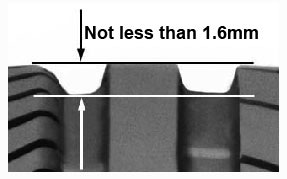
2. The second part of the law says that the 1.6mm measurement must be across the central 3/4 of the tyre.
This means that at any point across the main part of the tyre, the tread depth MUST BE NOT LESS THAN 1.6mm.
(See image 2)
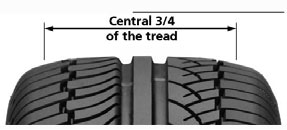
3. The third part of the law says that the 1.6mm measurement must be all the way round the tyre.
This means that there MUST BE NOT LESS THAN 1.6mm of tread all the way round the tyre.
(See image 3)
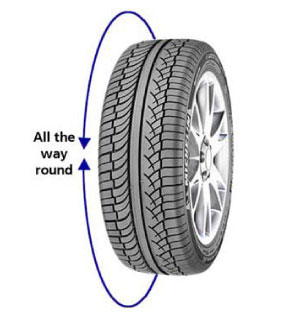
It’s all about safety. Independent tests commissioned by RoSPA have shown that your stopping distance increases greatly when the depth of your tyres’ tread gets down to the legal minimum.
The legal minimum is just that: an absolute minimum. Your stopping distance in the wet will start to increase dramatically when your tyres’ tread depth gets below 3mm. Of course, this depends on what surface you are driving on and the temperature as well.
RoSPA recommends that for maximum safety you change your tyres when the depth gets to 3mm.
We recommend that you use newer tyres for the rear set, for extra safety in unforeseen or difficult situations (emergency braking, tight bends etc.) particularly on wet surfaces.
Numerous tests have shown that it is easier to control the front wheels than those at the rear.
Front tyres generally wear quicker than those fitted at the rear, particularly on front-wheel-drive cars, which are currently in the majority.
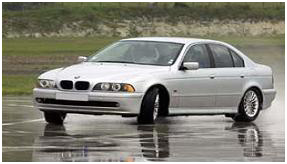
That's why we advise you to reduce the risks you take by fitting new or less worn tyres at the rear of the vehicle for:
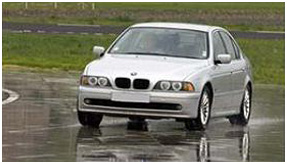
Ever wondered what the markings on the side of a tyre mean?
205/55 R 16 91V
This information describes the size and characteristics of the tyre:
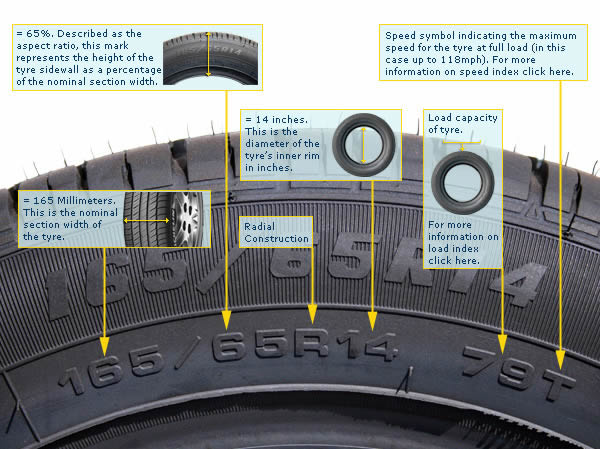
The correct pressure is important both for safety and for a long tyre life.
Your tyres must be checked when they are cold (by cold we mean the ambient outside temperature where the tyre is to be used).
Tyre pressures must be checked regularly, about once every two weeks.
A drop in pressure can be caused by:
Why check your tyre pressures?
You will...
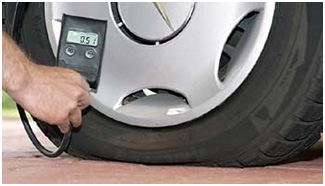
James Clarke ☆☆☆☆☆ Excellent, could not fault them, friendly and could not do enough for me. Totally recommend them to anybody.
Jules Spinner ☆☆☆☆☆ Excellent service for the second time in a year.
Jim Bob ☆☆☆☆☆
Nick Aldworth ☆☆☆☆☆ Been there twice now and both times I got a good honest diagnosis. Mechanics were happy to show me any issues and gave me options for repair.
K Harral ☆☆☆☆☆ Knowledgeable and friendly staff, free coffee machine and somewhere nice to sit. Tyres replaced quickly and will be using again for exhaust problem. Prices very reasonable. Recommended.
I used this garage for tyres before and was impressed with the professional looking workshop. The staff were friendly and the customer service was good. My girlfriend’s car needed a service and Hyundai wanted a lot. Rang these guys, they said MOT’s are £25! A full service was £155 and also the brake fluid may need changing but they’d check first. It was due to be changed so total bill was £219. Overall I’m impressed. Everything was completed to manufacturers standards and cheaper than Hyundai. Will definitely use these guys again and will recommend them to family and friends. Thanks guys. Craig Thrussell (2 weeks ago)
Boo Fie ☆☆☆☆☆ Used them for an MOT today. Very large and professional looking workshop with some very high tech wheel alignment kit in use. I was there for just over an hour so I could hear a lot of conversations and customer reactions from the waiting room (which was also clean, large and nice) Staff appeared very friendly and professional and they seem to really focus on keeping the customer happy. As an engineer myself, I am usually very critical of technical advice that I hear but these guys were spot on with everything they said. Overall very impressed.
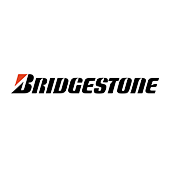









Site by Big Marketing Ltd